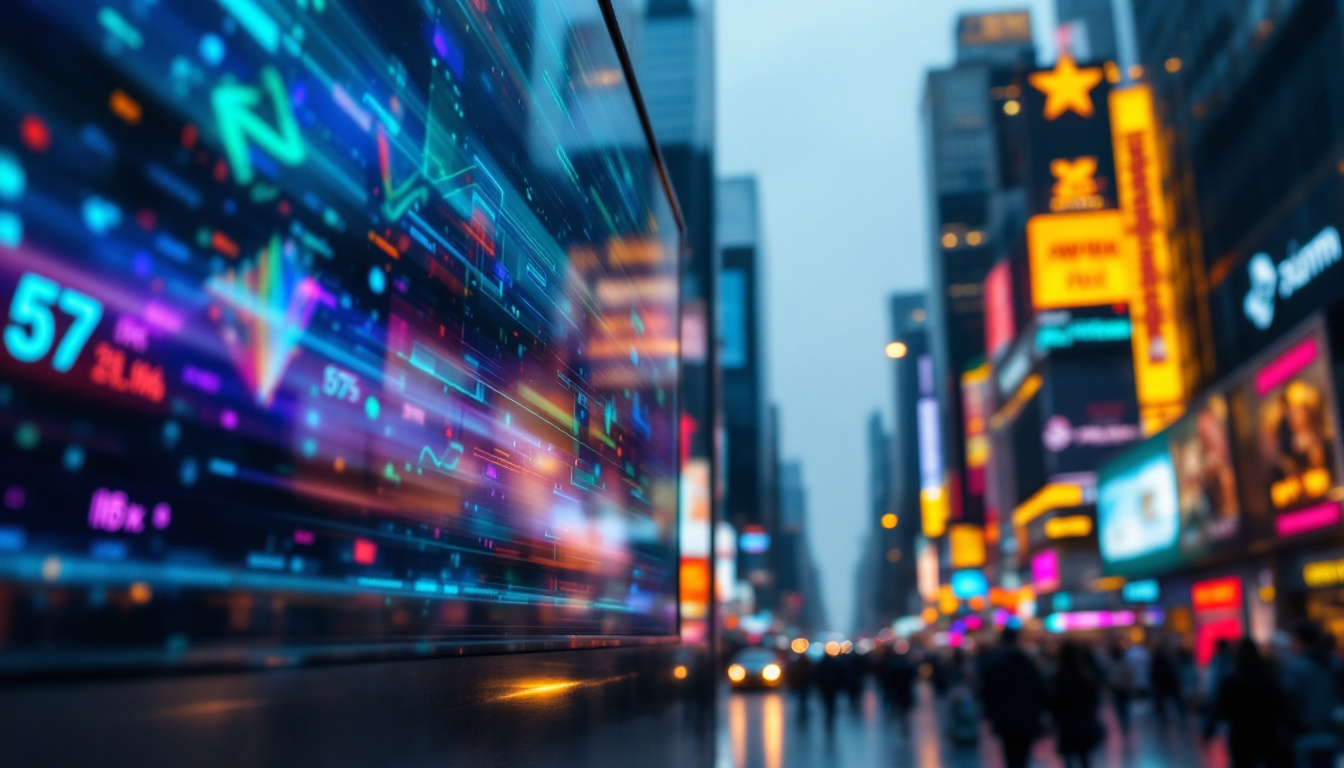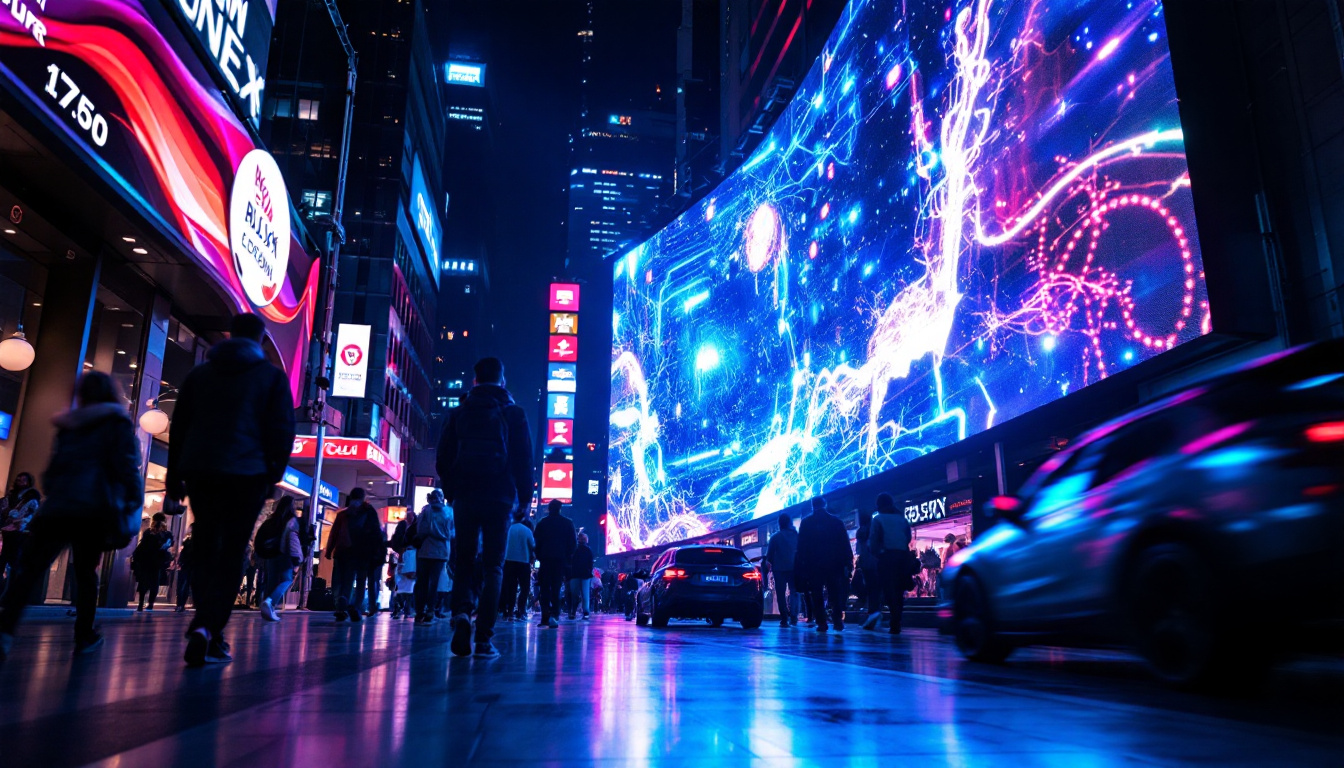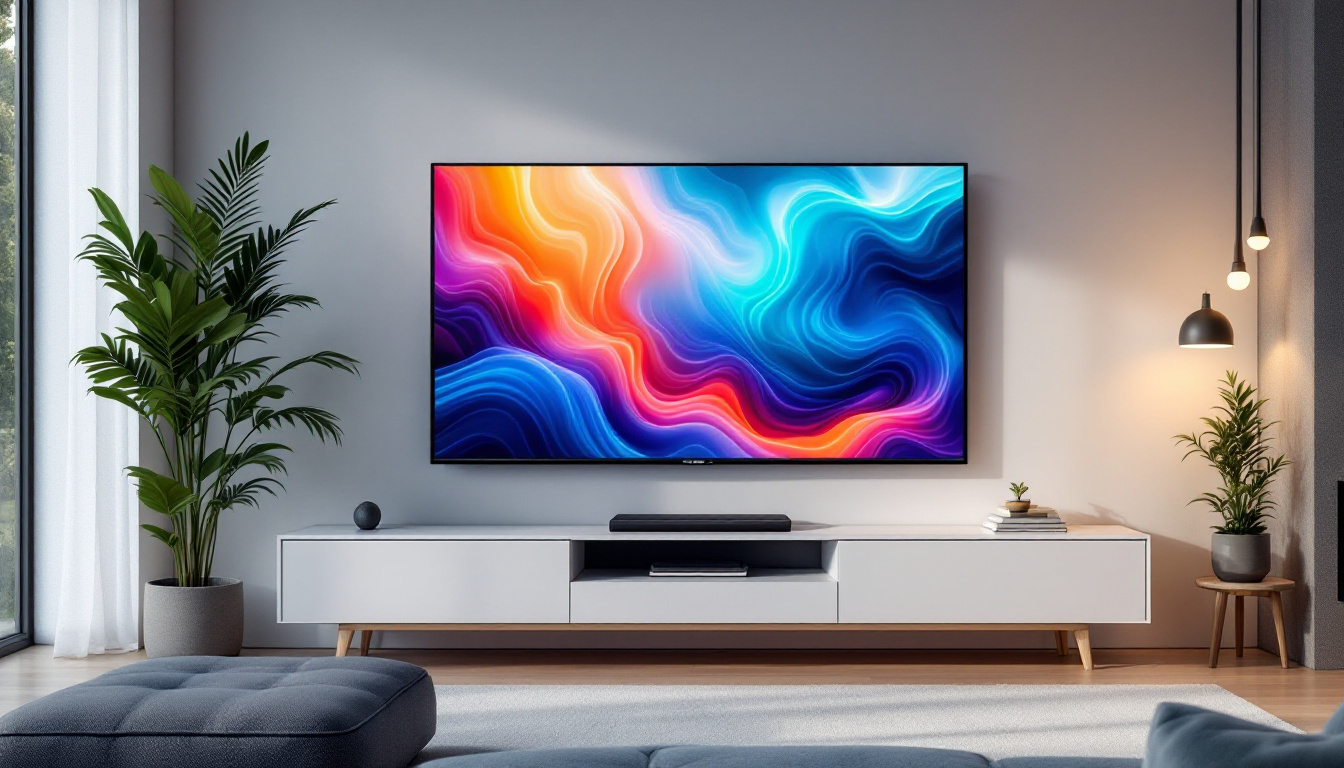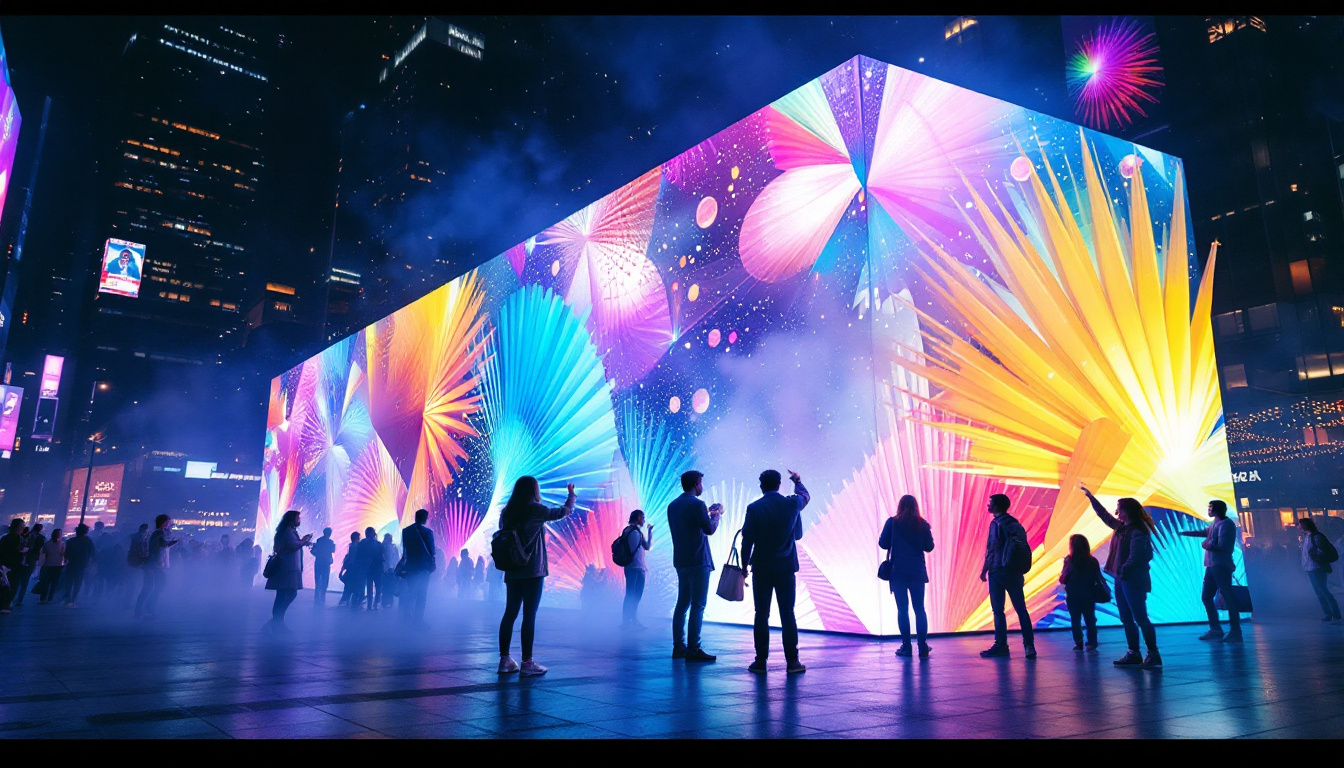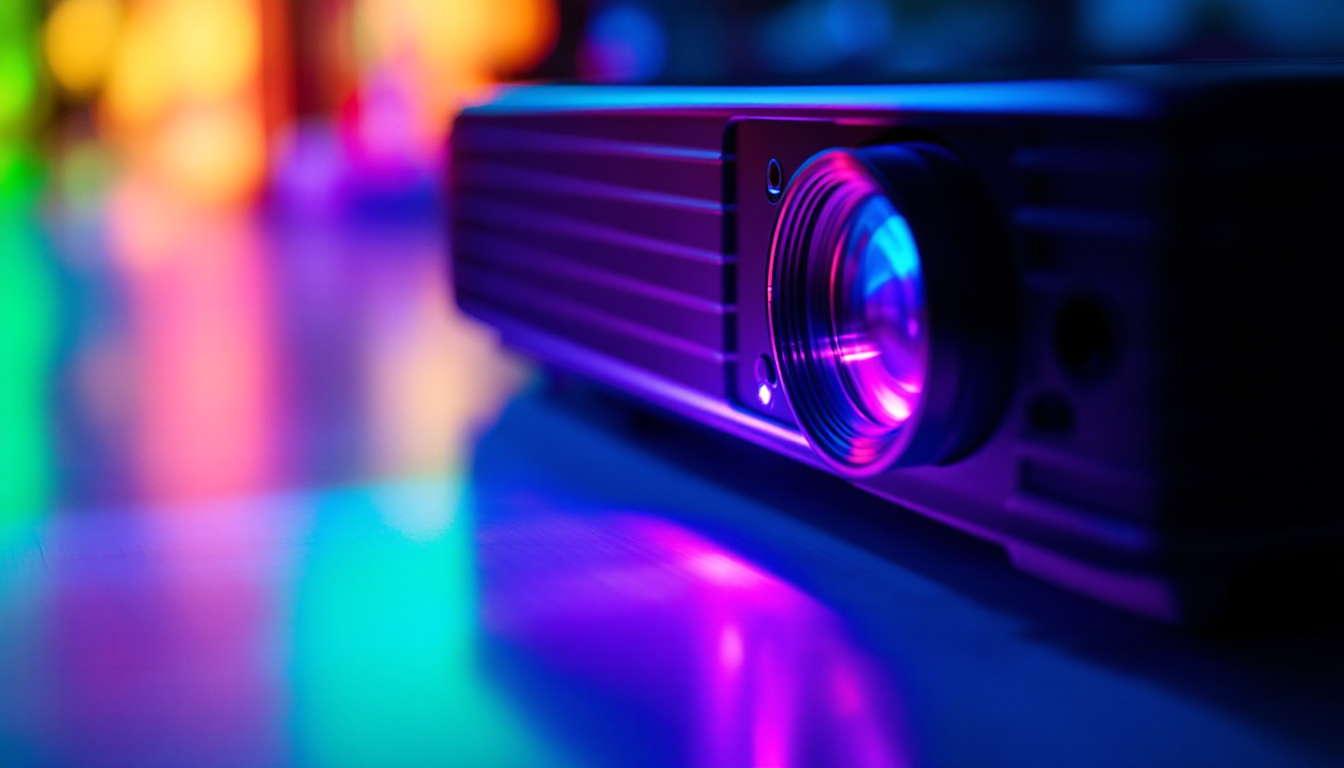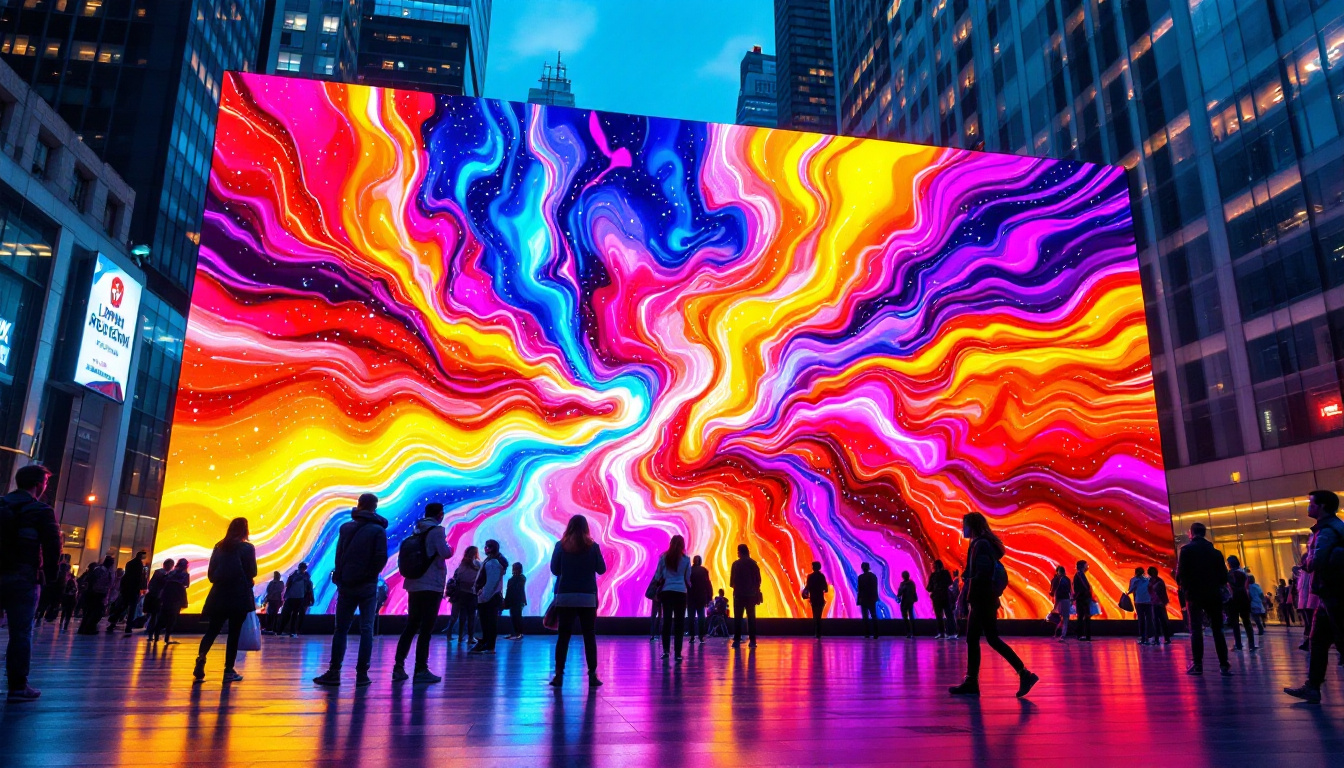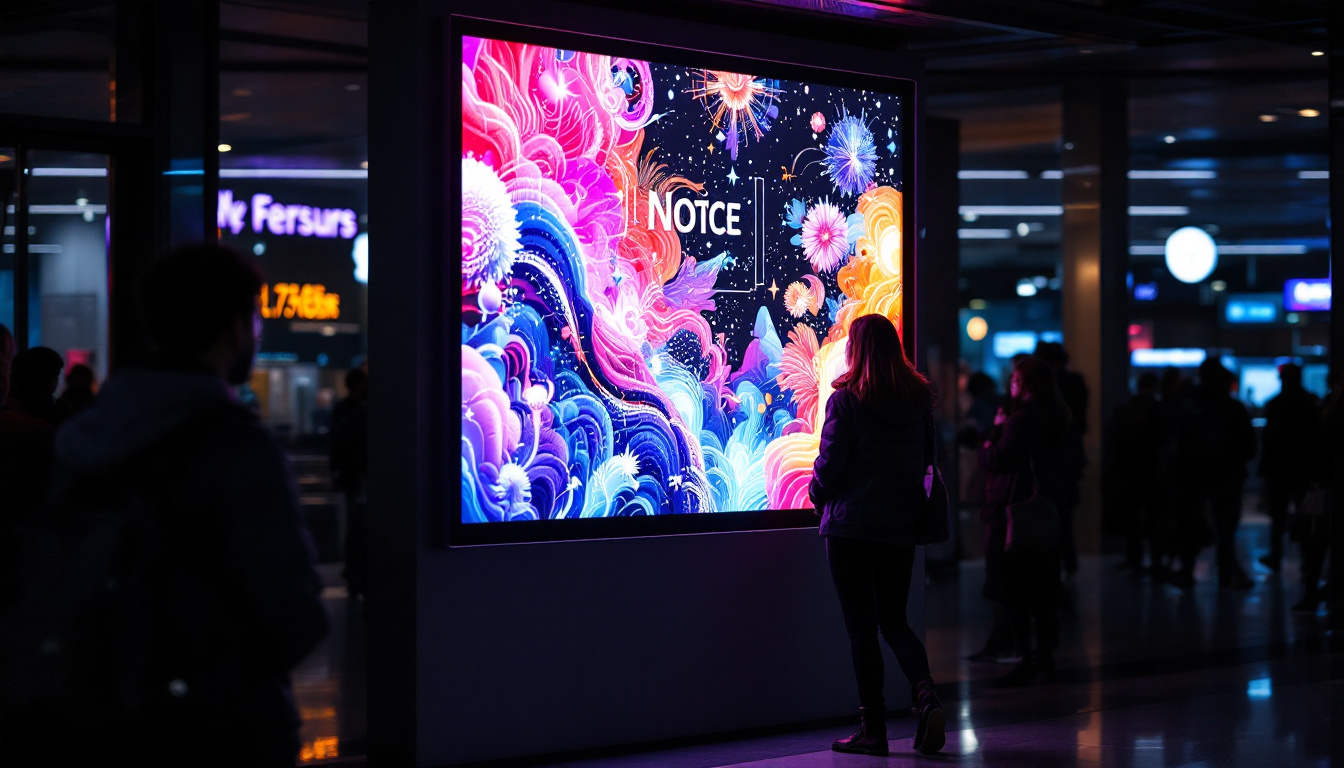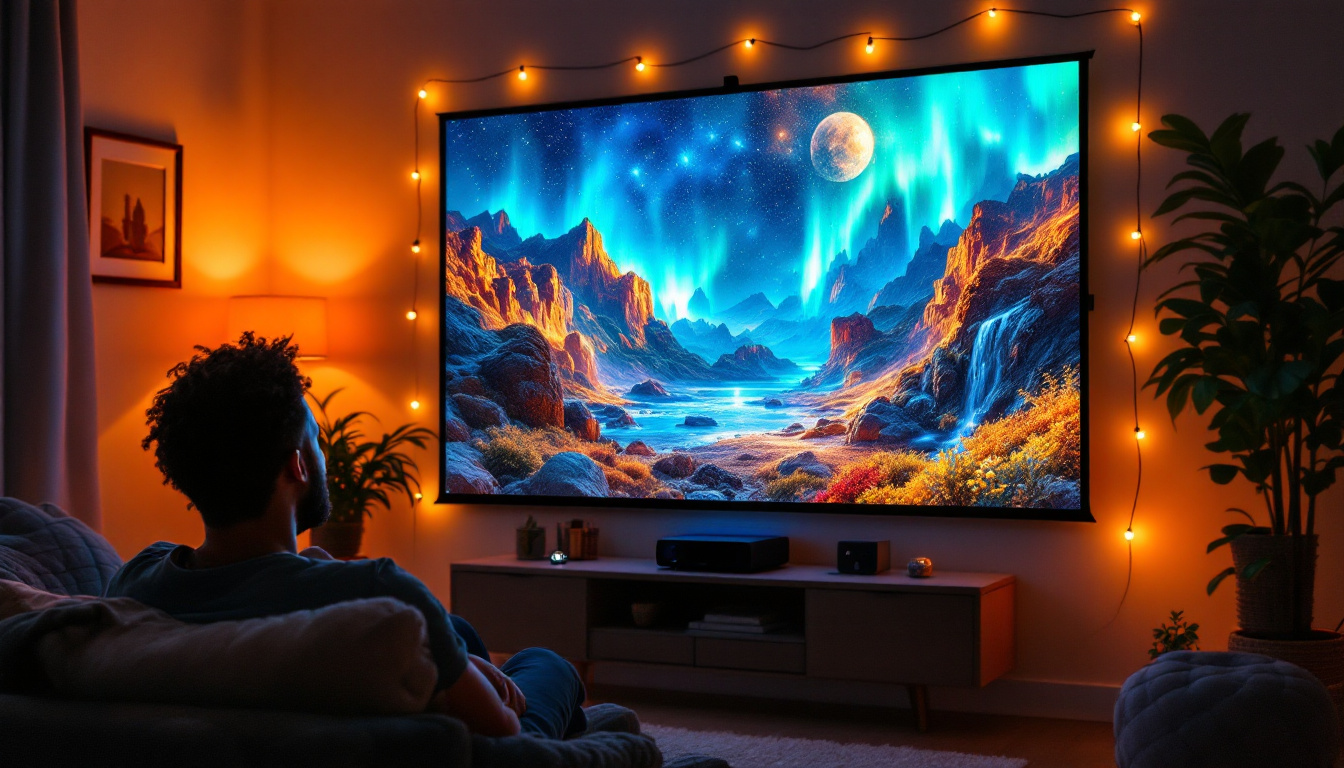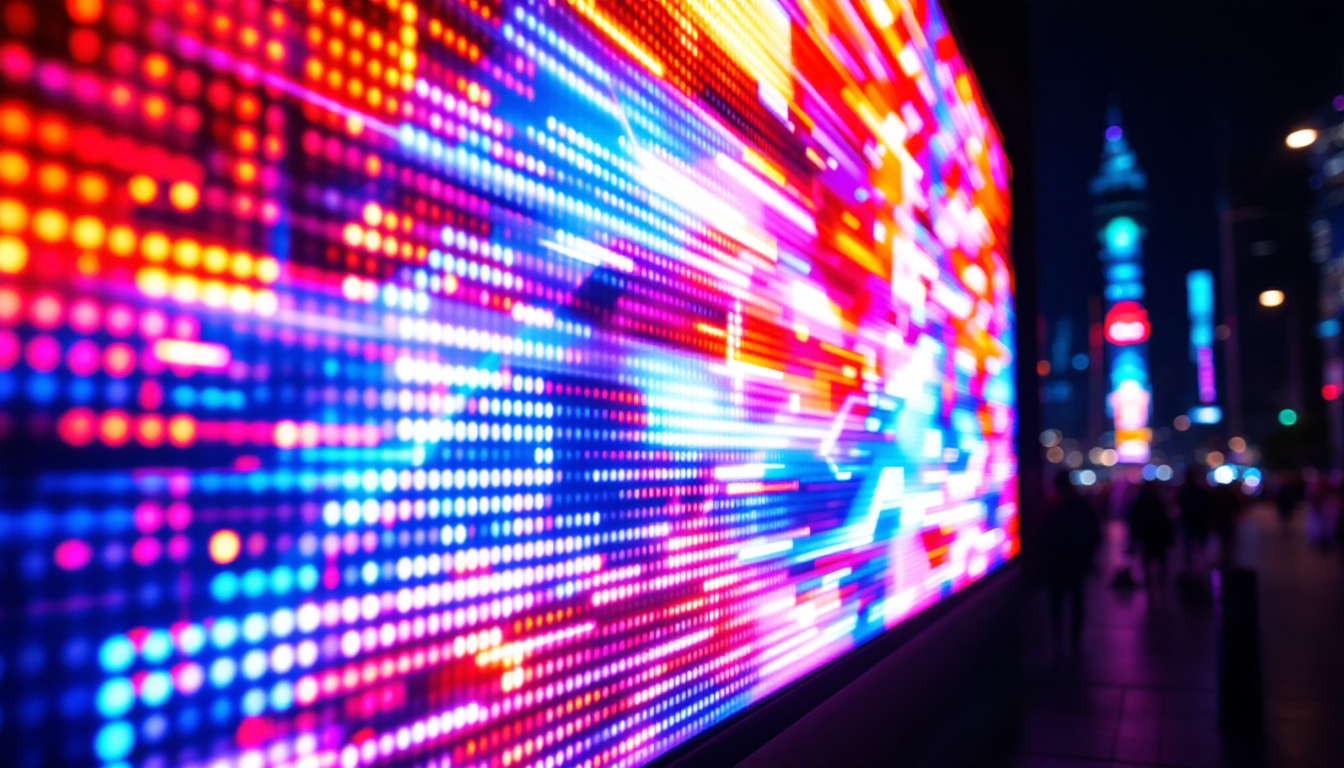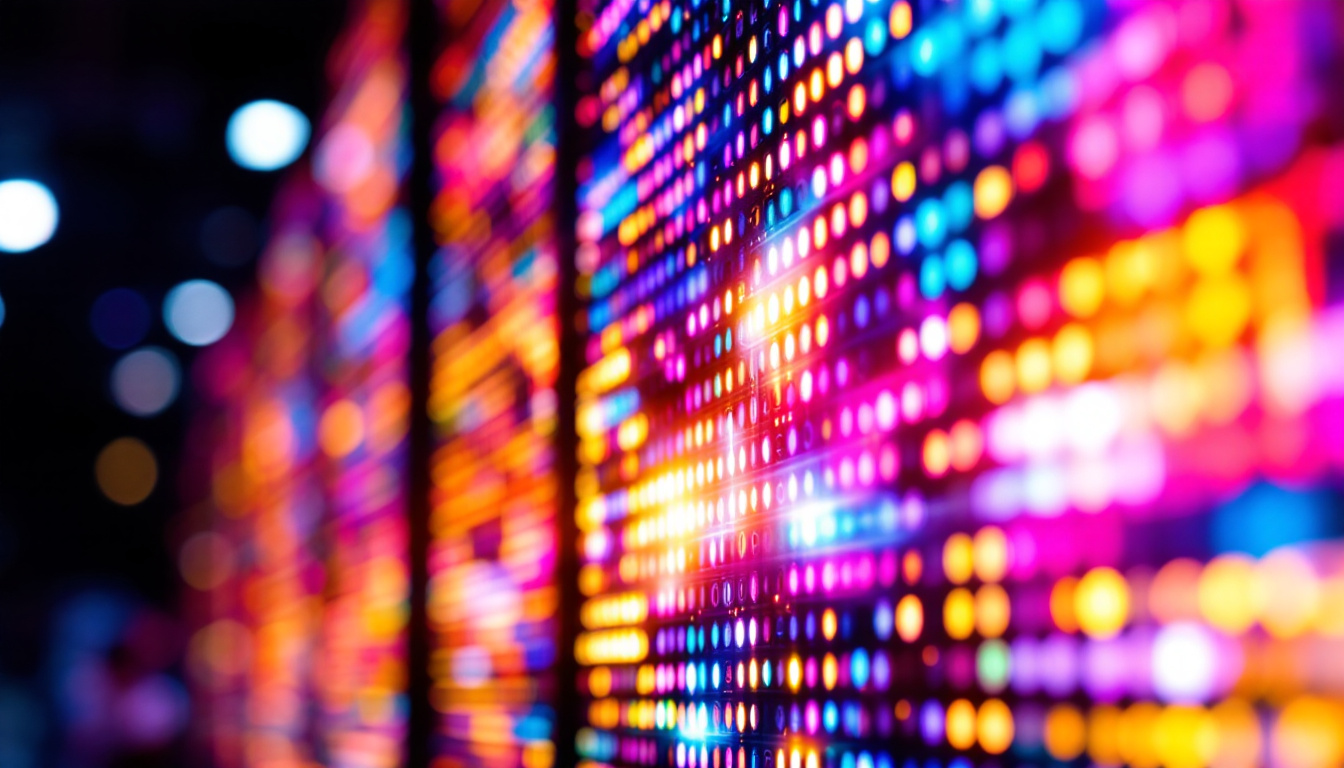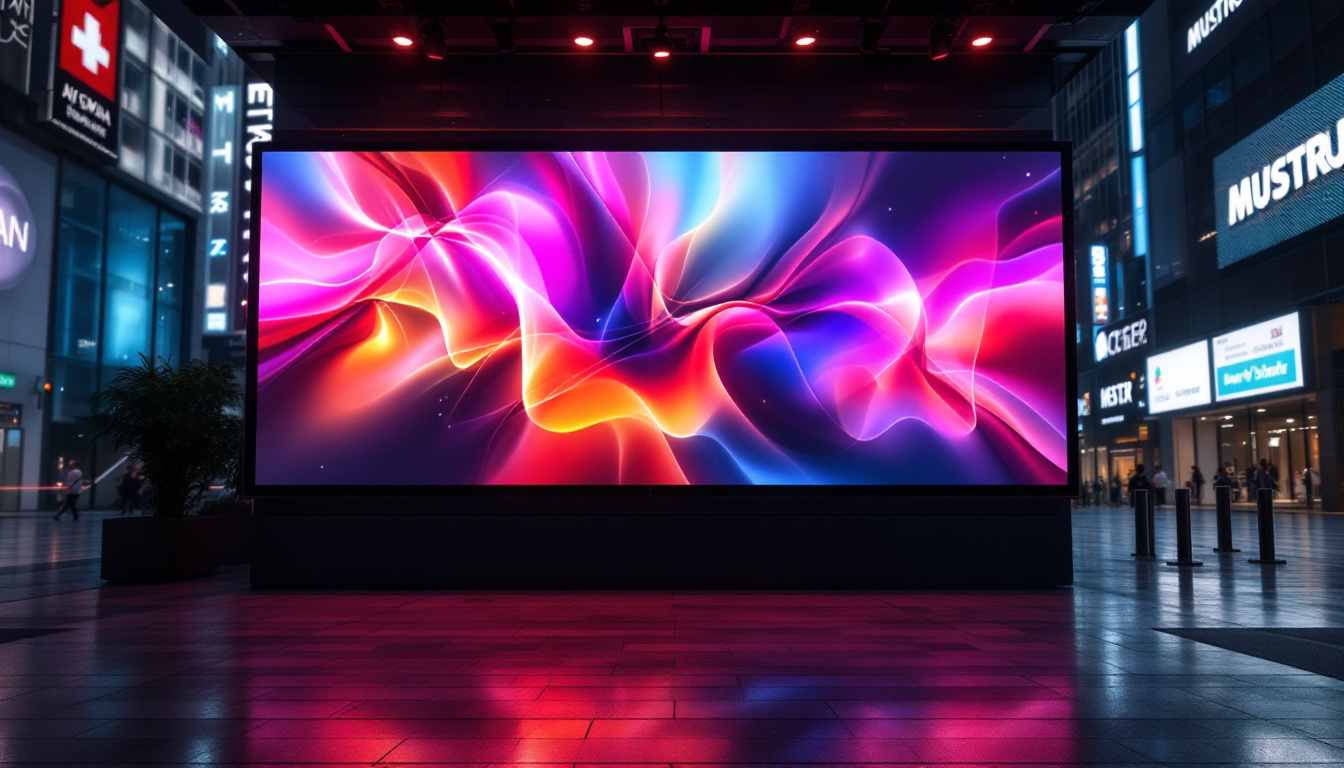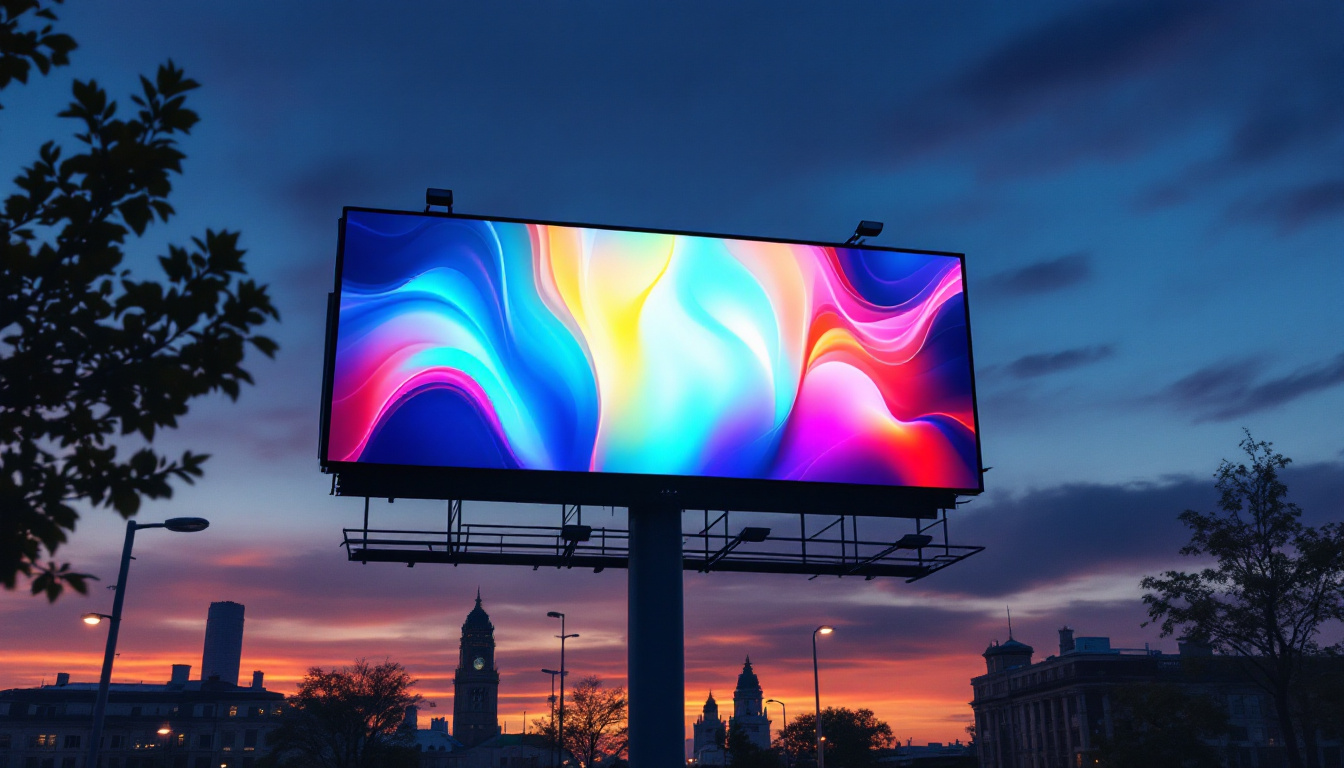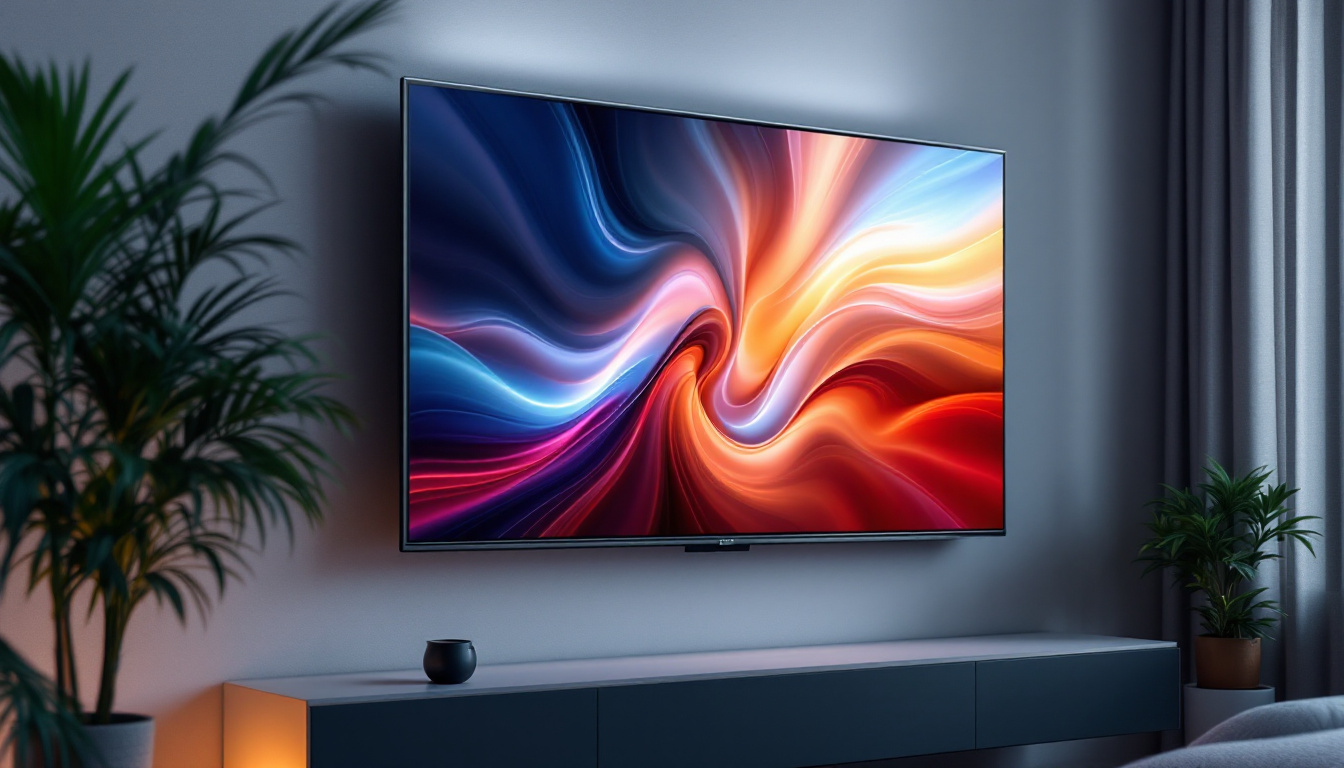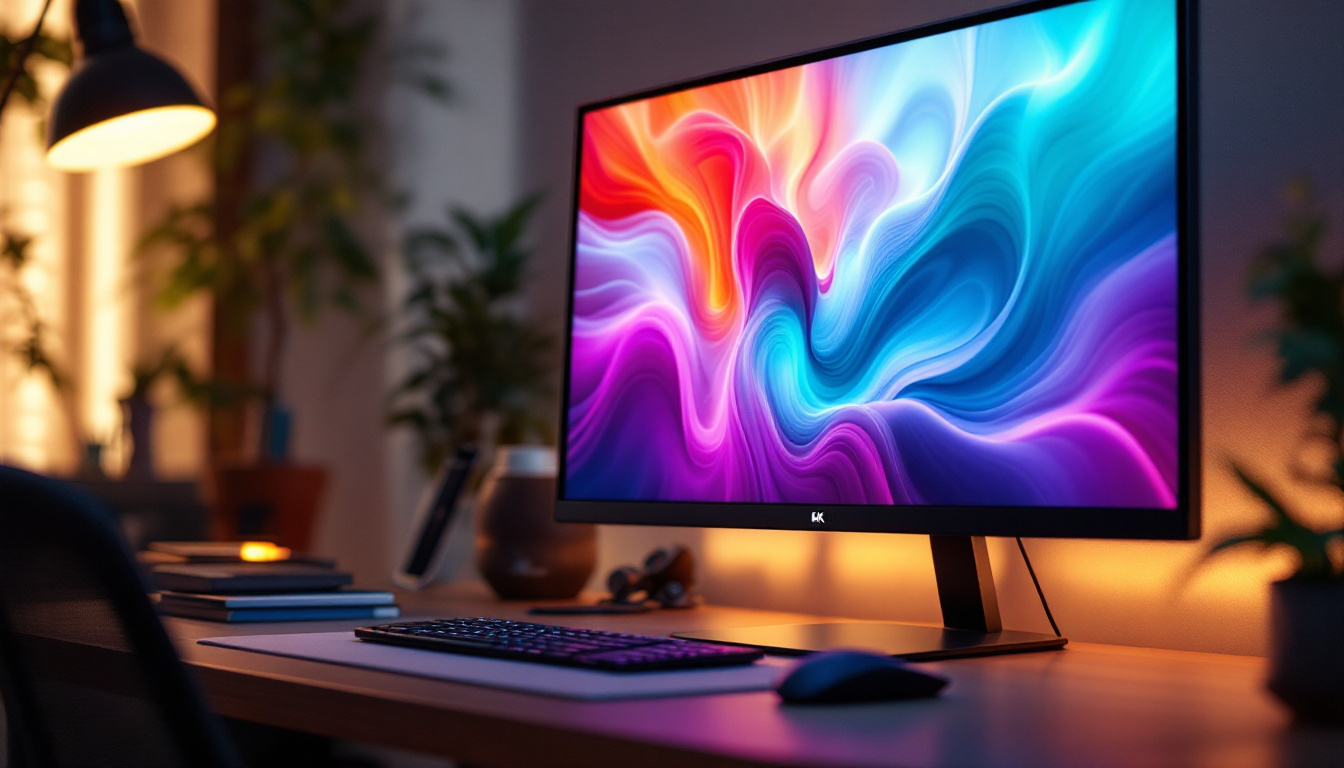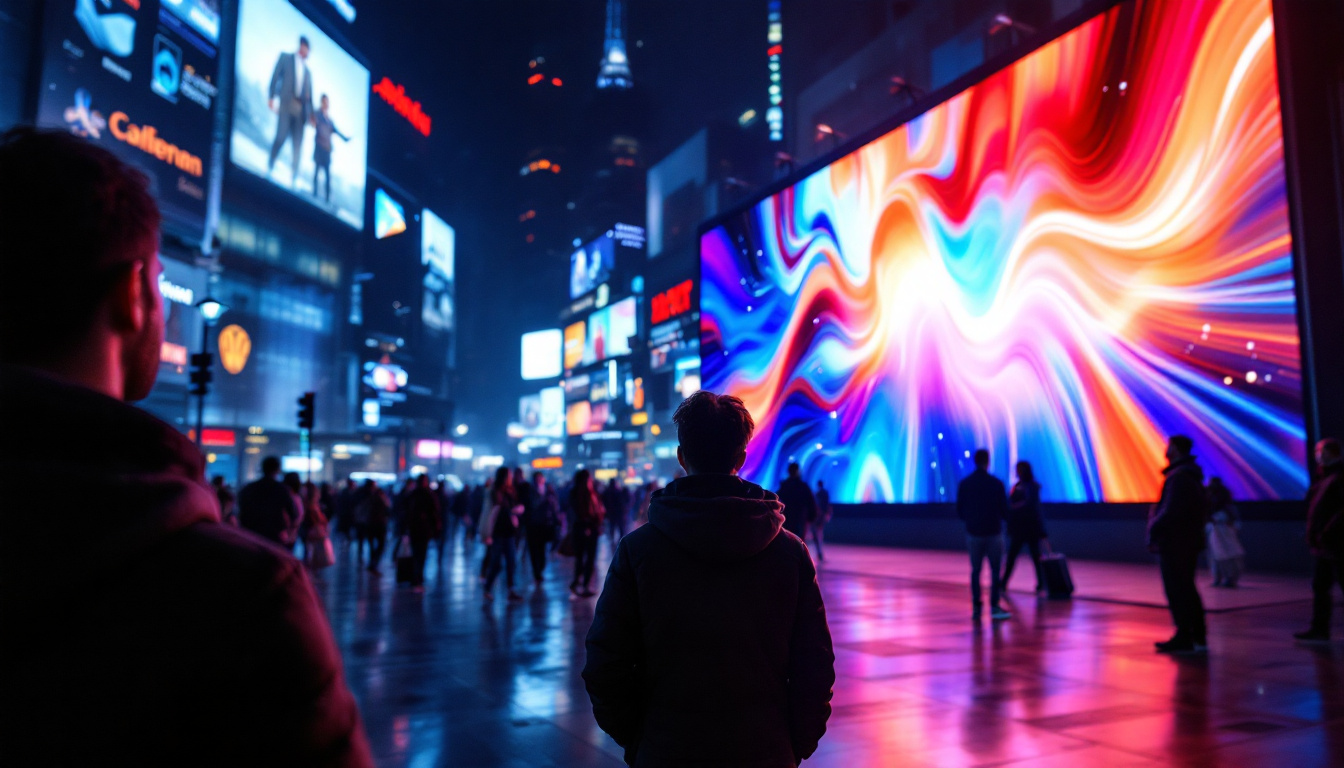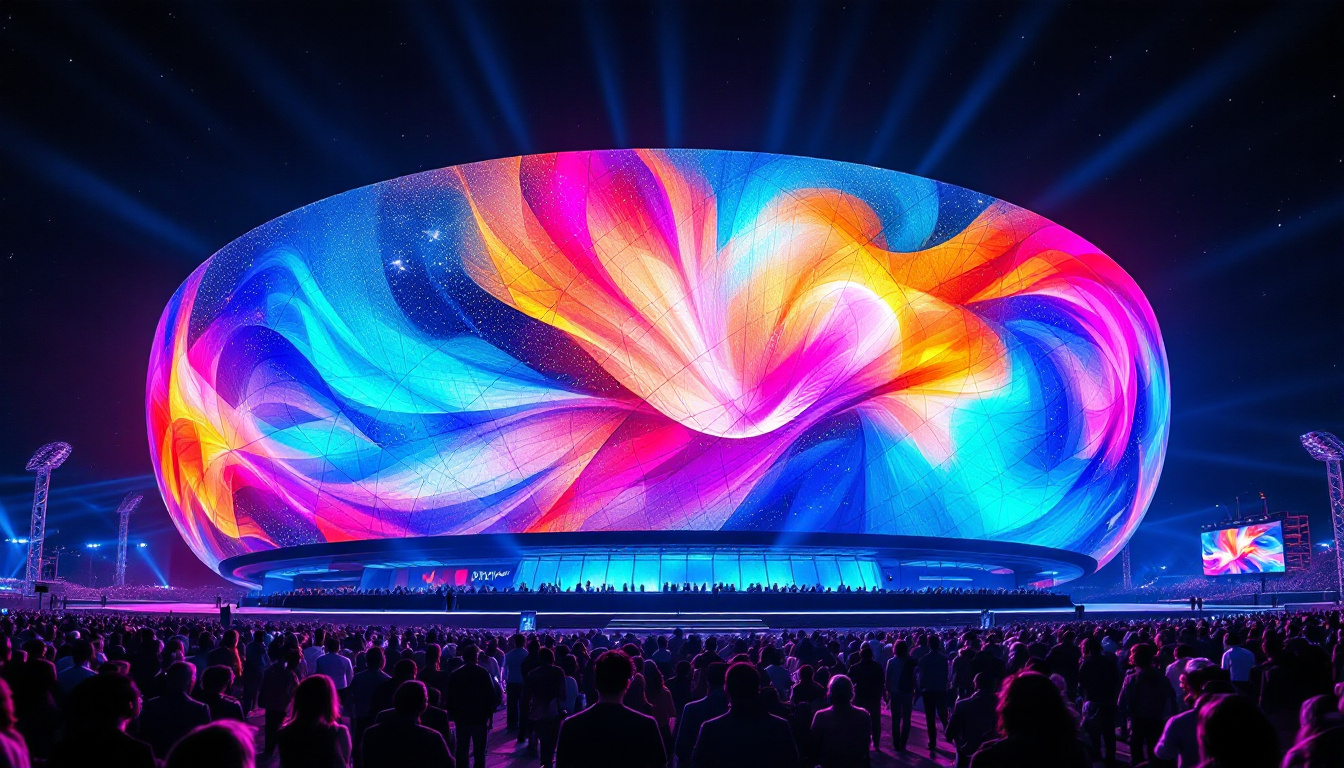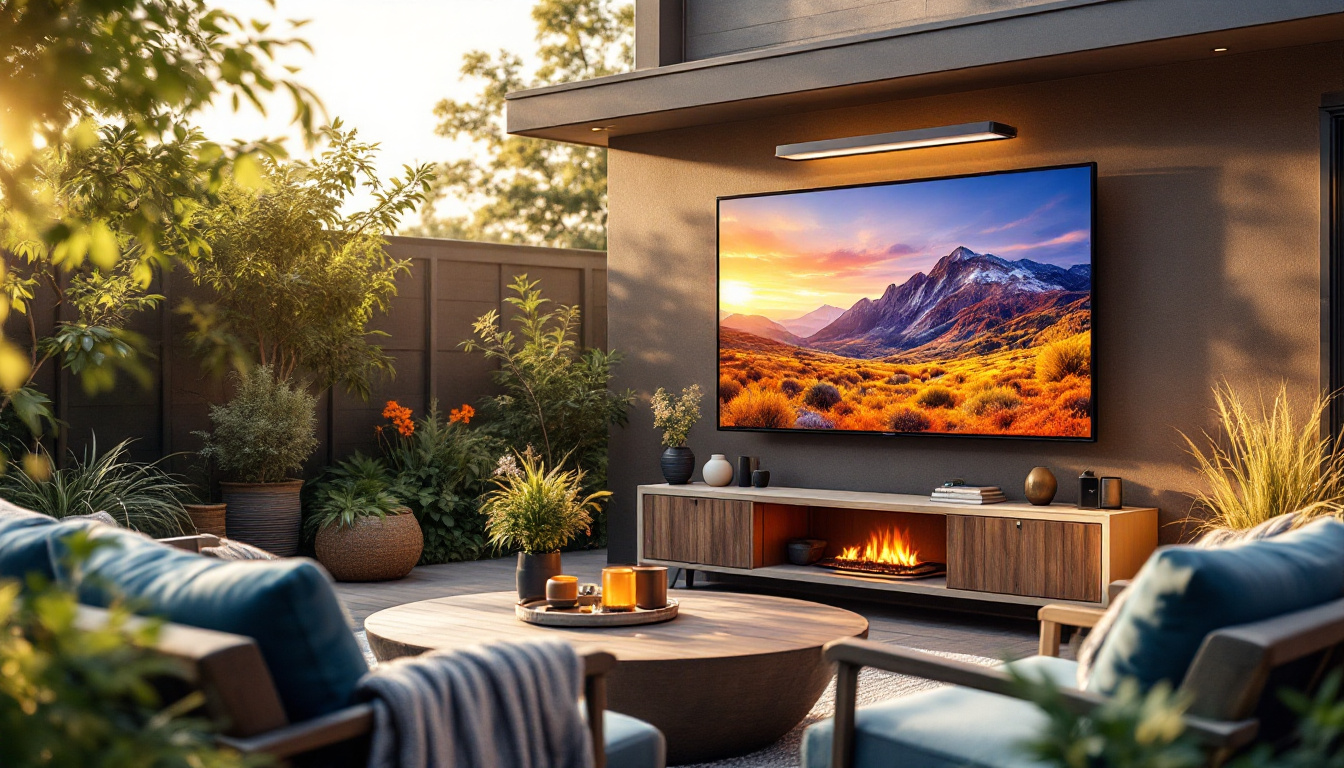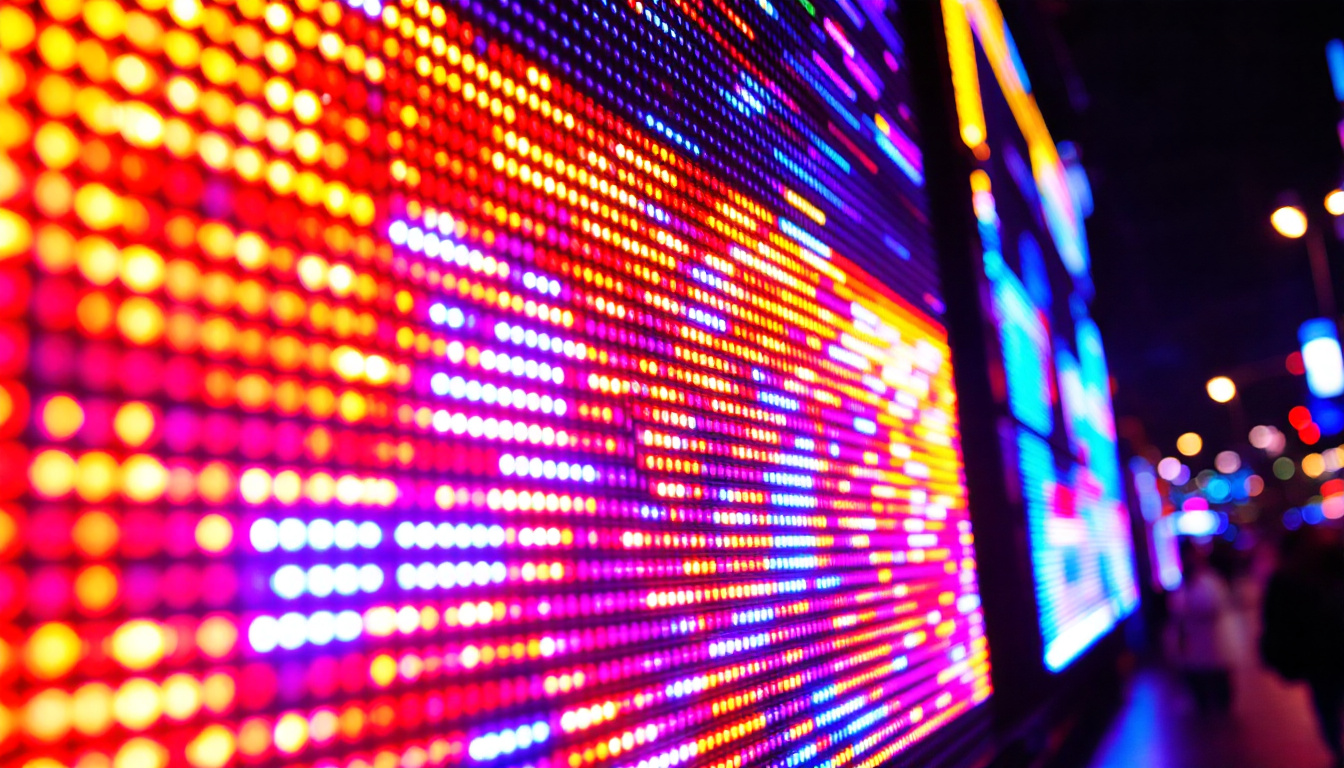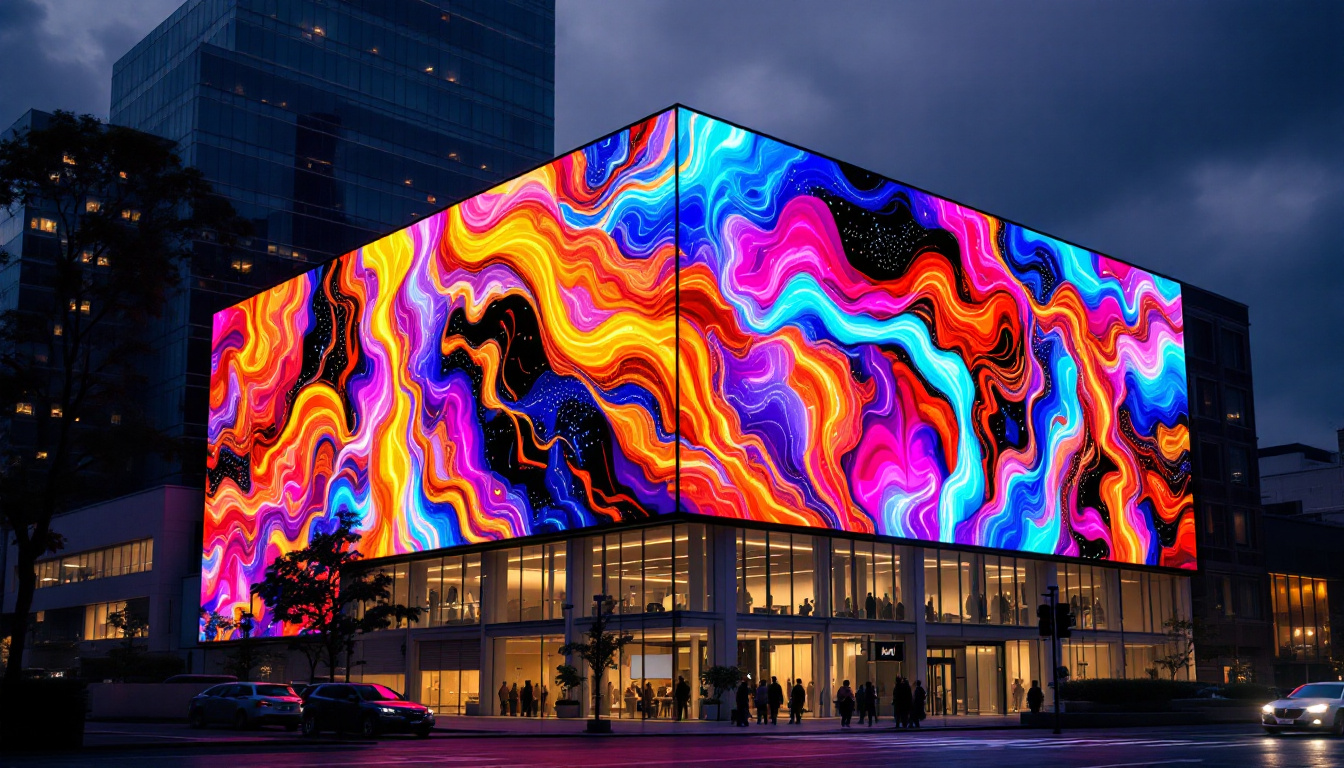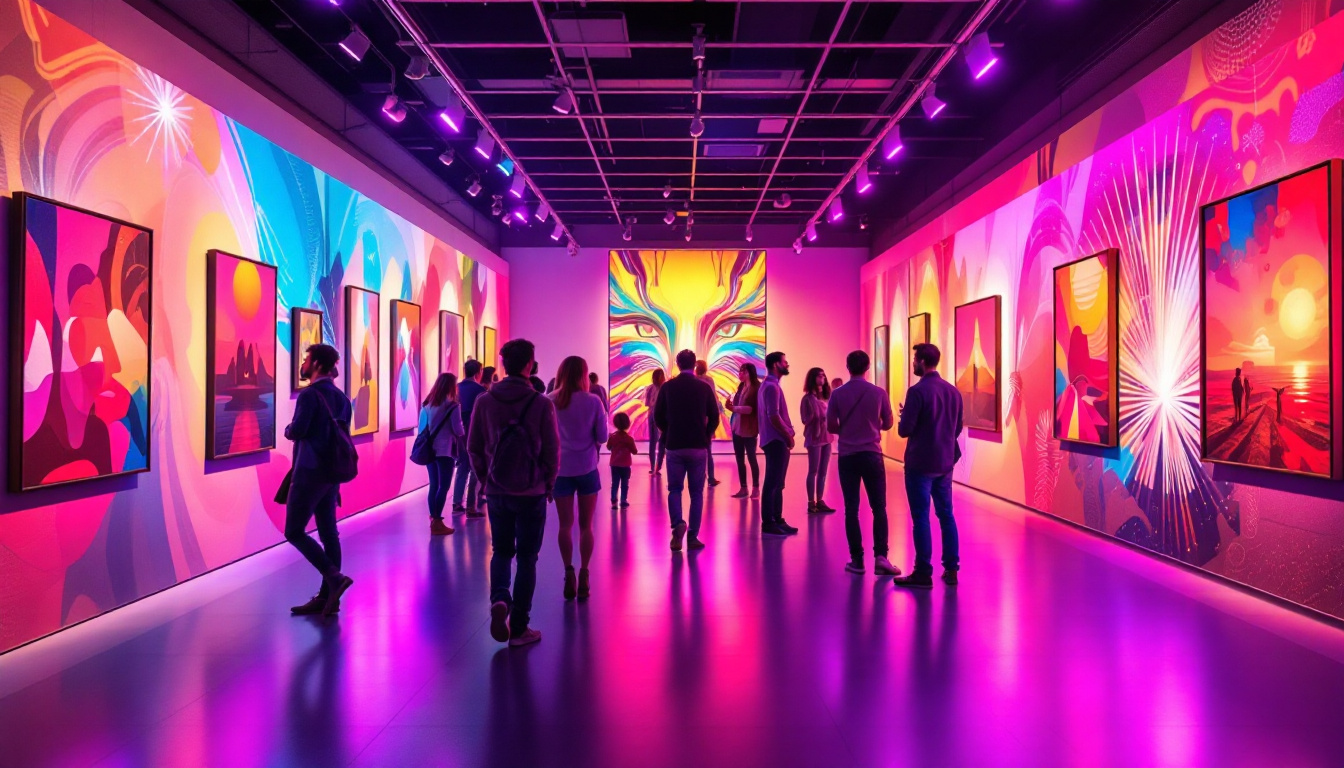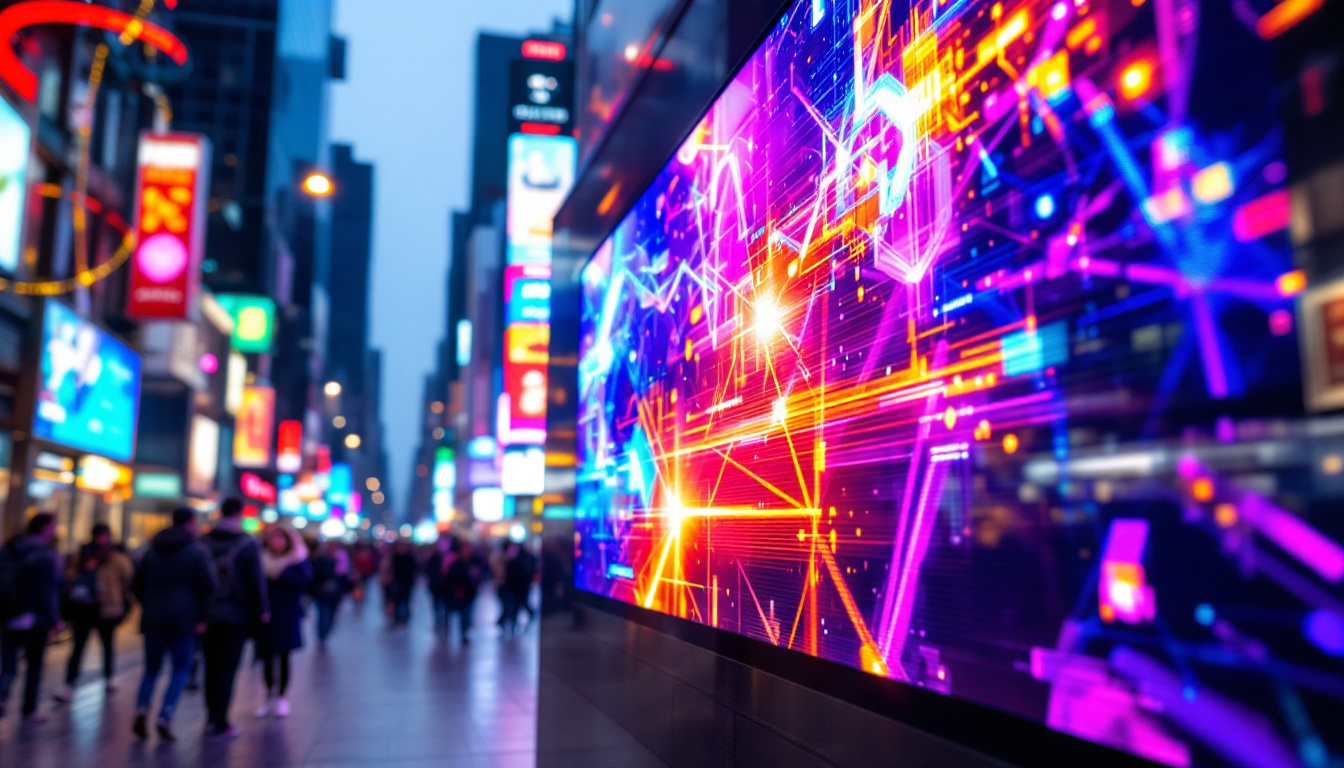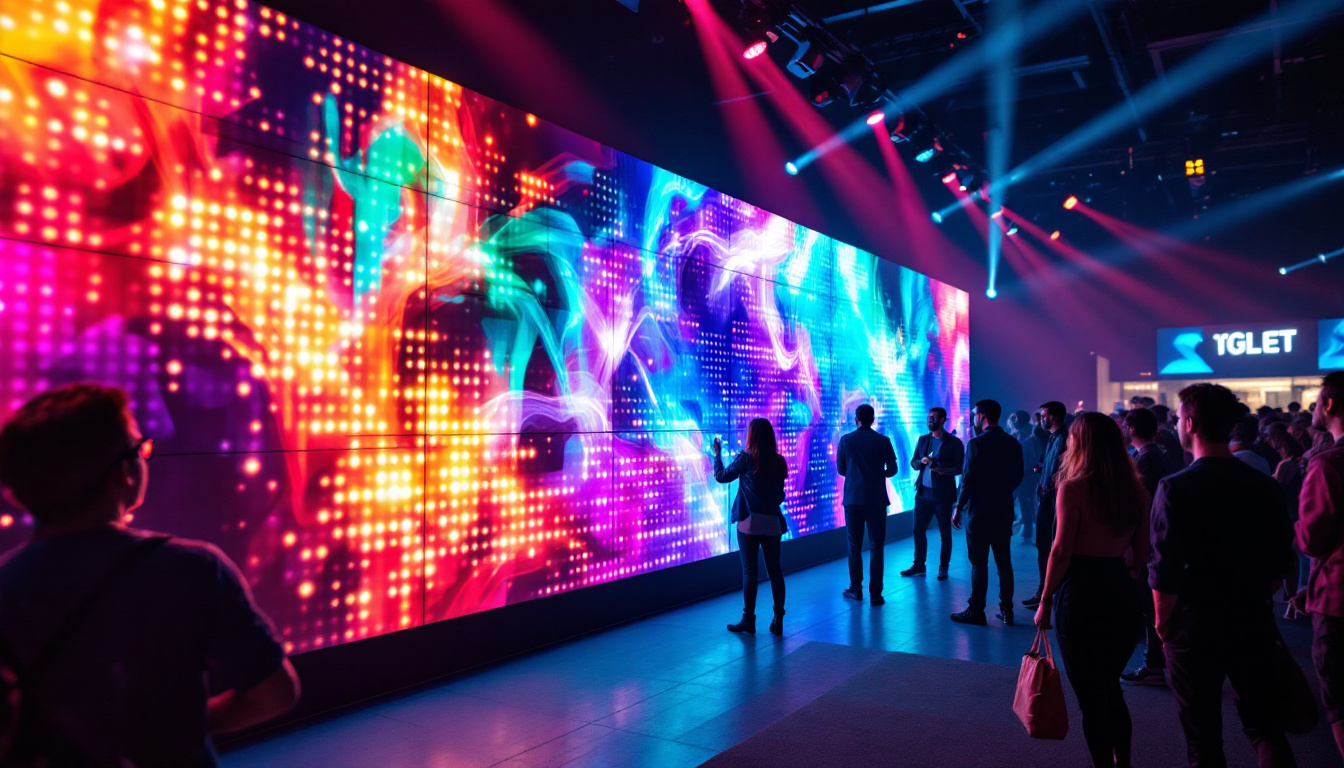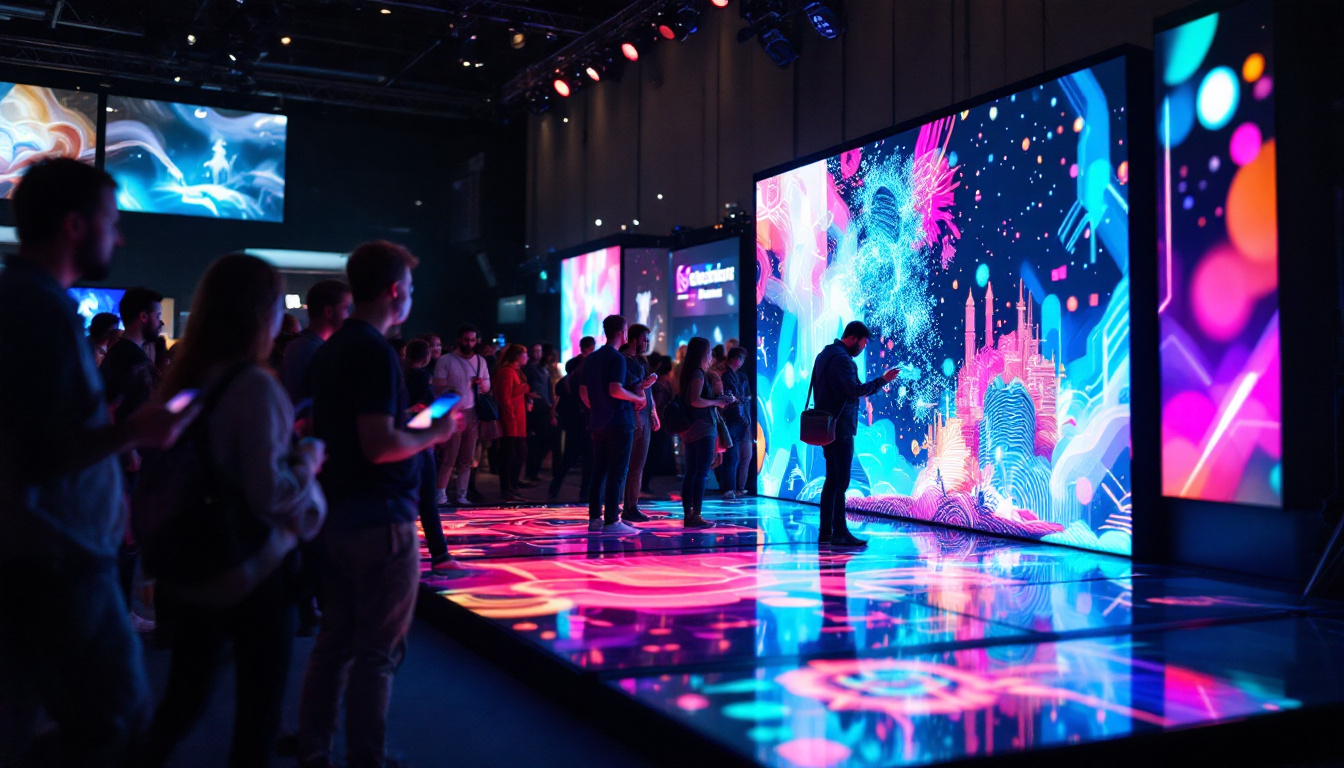In today’s digital age, LED screens have become ubiquitous, transforming the way information is displayed and consumed. From smartphones and televisions to large outdoor billboards, LED (Light Emitting Diode) technology has revolutionized visual communication. This article delves into the intricacies of LED displays, exploring their functionality, types, advantages, and applications.
Understanding LED Technology
LED technology is based on the principle of electroluminescence, where a semiconductor material emits light when an electric current passes through it. This fundamental characteristic makes LEDs highly efficient and versatile compared to traditional display technologies. The rapid advancements in LED technology have not only revolutionized the lighting industry but also transformed how we consume visual media, paving the way for innovations in everything from television screens to architectural lighting.
The Basics of LED Operation
At the core of an LED display are tiny diodes that emit light in various colors. Each diode is a small electronic device that consists of a chip made from a semiconductor material. When electricity flows through the diode, it excites the atoms within the semiconductor, causing them to release energy in the form of light. This process is not only energy-efficient but also allows for a wide range of colors and brightness levels. The ability of LEDs to produce vibrant colors is due to the use of different semiconductor materials, which can be tailored to emit specific wavelengths of light, resulting in a spectrum that can be combined to create millions of colors.
LEDs can be categorized into different types based on their construction and application. The most common types include surface-mounted LEDs (SMD), which are widely used in screens for their compact size and flexibility, and through-hole LEDs, which are often found in indicator lights and simple displays. Additionally, advancements in technology have led to the development of high-power LEDs that can be used in applications requiring intense illumination, such as automotive headlights and street lighting, showcasing the adaptability of LED technology across various sectors.
Different Types of LED Displays
LED displays can be classified into several categories, each serving specific purposes. The most notable types include:
- Direct View LED Displays: These displays use individual LEDs to create images and videos. They are commonly used in large signage and billboards, providing bright and eye-catching visuals that can be seen from great distances. Their modular design allows for easy installation and maintenance, making them a popular choice for outdoor advertising.
- LED Backlit Displays: These screens use LEDs to illuminate an LCD panel from behind, enhancing brightness and color accuracy. This technology has become a standard in modern televisions and computer monitors, offering improved energy efficiency and thinner designs compared to traditional fluorescent backlighting.
- Organic LED (OLED) Displays: A more advanced form of LED technology, OLEDs use organic compounds to emit light, allowing for thinner screens and better contrast ratios. OLED displays are renowned for their ability to produce deep blacks and vibrant colors, making them ideal for high-end televisions and smartphones.
Furthermore, the emergence of MicroLED technology represents the next frontier in display innovation. MicroLEDs consist of microscopic LEDs that can be arranged in a matrix to create high-resolution images with exceptional brightness and color accuracy. This technology promises to deliver even greater flexibility in display design, enabling the creation of screens that are not only thinner but also capable of being shaped into various forms, such as curved or foldable displays. As the demand for immersive visual experiences continues to grow, the evolution of LED technology will undoubtedly play a crucial role in shaping the future of digital displays.
Advantages of LED Displays
LED displays offer numerous benefits over traditional display technologies, making them the preferred choice for various applications. Some of the key advantages include:
Energy Efficiency
One of the most significant advantages of LED technology is its energy efficiency. LED displays consume significantly less power compared to older technologies like LCD or plasma screens. This efficiency not only reduces electricity costs but also contributes to a lower carbon footprint, making LED displays an environmentally friendly option. Furthermore, many LED displays come equipped with smart technology that allows for automatic brightness adjustment based on ambient light, further optimizing energy use. This feature is particularly beneficial in settings where lighting conditions can change throughout the day, ensuring that the display remains visually appealing while minimizing energy consumption.
Brightness and Visibility
LED displays are known for their exceptional brightness and visibility. They can produce vibrant colors and maintain clarity even in direct sunlight, making them ideal for outdoor advertising and public displays. The high contrast ratio of LED screens ensures that images and text remain sharp and legible, regardless of ambient lighting conditions. Additionally, the wide viewing angles of LED displays mean that content can be seen clearly from various positions, making them perfect for crowded venues such as stadiums and concert halls. This capability enhances audience engagement, as more viewers can appreciate the displayed content without straining their eyes or adjusting their position.
Longevity and Durability
LED technology is designed to last. With a lifespan that can exceed 50,000 hours, LED displays are far more durable than traditional screens. They are also resistant to shock and vibration, making them suitable for a variety of environments, from busy urban streets to industrial settings. This durability translates to lower maintenance costs over time, as businesses can avoid frequent replacements and repairs. Moreover, many LED displays are designed to withstand harsh weather conditions, including rain, snow, and extreme temperatures, which further extends their usability in outdoor applications. This resilience makes them a smart investment for companies looking to enhance their advertising strategies or improve their information dissemination in challenging environments.
Applications of LED Displays
The versatility of LED displays has led to their widespread adoption across various industries. Here are some prominent applications:
Advertising and Marketing
LED displays have transformed the advertising landscape. digital billboards and signage can display dynamic content, allowing businesses to change messages in real-time. This flexibility enables more effective marketing strategies, as advertisers can tailor their messages to specific audiences and times of day.
Entertainment and Events
In the entertainment industry, LED screens are a staple at concerts, festivals, and sporting events. They provide stunning visuals that enhance the audience experience. Large LED screens are often used to broadcast live performances, ensuring that even those seated far from the stage can enjoy the show.
Information Display
LED displays are widely used for information dissemination in various settings, including transportation hubs, educational institutions, and corporate environments. Train and bus stations utilize LED screens to provide real-time updates on schedules, while schools and universities use them for announcements and event promotions.
Challenges and Considerations
While LED displays offer numerous advantages, they are not without challenges. Understanding these challenges is essential for making informed decisions regarding their use.
Initial Cost
The initial investment for LED technology can be higher than traditional display options. However, considering their longevity and energy efficiency, the total cost of ownership may be lower over time. Businesses must weigh the upfront costs against long-term savings when deciding on LED displays.
Heat Generation
LED displays can generate heat during operation, which may require additional cooling solutions, especially in large installations. Proper ventilation and heat management systems are crucial to ensuring the longevity and performance of LED screens.
Color Calibration
Maintaining color accuracy can be a challenge with LED displays, especially when multiple screens are used in a single installation. Regular calibration is necessary to ensure consistent color output across all displays, which can be a time-consuming process.
Future Trends in LED Technology
The field of LED technology is rapidly evolving, with innovations continually reshaping the landscape. Here are some emerging trends to watch:
MicroLED Technology
MicroLED is a cutting-edge technology that promises to take LED displays to the next level. By using microscopic LEDs, this technology allows for even higher resolution and greater flexibility in screen design. MicroLED displays can be made thinner and lighter, making them ideal for a wide range of applications, from smartphones to large-scale installations.
Flexible and Transparent Displays
As the demand for innovative display solutions grows, flexible and transparent LED screens are gaining traction. These displays can be bent or shaped to fit various surfaces, opening up new possibilities for creative advertising and architectural design. Transparent LED screens can be integrated into windows and storefronts, allowing for eye-catching displays without obstructing views.
Smart LED Displays
The integration of smart technology with LED displays is becoming increasingly common. Smart LED screens can connect to the internet, allowing for real-time content updates and interactivity. This capability enhances user engagement and provides businesses with valuable data on viewer behavior and preferences.
Conclusion
LED displays have undoubtedly transformed the way information is conveyed and consumed. Their energy efficiency, brightness, and durability make them an attractive option for a wide range of applications, from advertising to entertainment. As technology continues to advance, the future of LED displays looks promising, with innovations such as MicroLED and smart technology paving the way for even more dynamic and engaging visual experiences.
In a world where visual communication is paramount, understanding LED technology is essential for businesses and consumers alike. By embracing the benefits of LED displays, organizations can enhance their messaging, improve audience engagement, and stay ahead in an increasingly competitive landscape.
Discover the Future of Visual Communication with LumenMatrix
As you consider the vast possibilities of LED displays, LumenMatrix stands at the forefront of this transformative technology. With a commitment to innovation and quality, LumenMatrix offers a diverse range of LED display solutions tailored to meet the needs of any application. Whether you’re looking to enhance your brand’s visibility with an Indoor LED Wall Display, captivate passersby with an Outdoor LED Wall Display, or create a dynamic environment with a Custom LED Display, LumenMatrix has the expertise to bring your vision to life. Experience the power of advanced LED technology and take the first step towards revolutionizing your visual communication. Check out LumenMatrix LED Display Solutions today and see how we can help you make a lasting impression.


